MAI QUYEN
Housing projects where young and old live together are becoming more popular in Germany because many people believe that age diversity improves their lives, especially as the population ages.
Ms. Apel (left) and residents. Photo: DW
In the capital Berlin, there is a new, modern and spacious housing complex with 351 apartments. Each resident has an independent life, but the building has a common living area, funded by 11 homeowners who do not like living alone in a strange city. The bright rooms, equipped with televisions and kitchenettes, are where members, aged 13 to 90, meet for breakfast every morning at 9am.
Sharing about her time living here, 80-year-old resident Heidemarie Mehlau said she really likes this place because there is always someone to talk to. “We live together, despite all the differences. And it is a good thing to have a community that is always there to support you, especially when you need help or are sick,” said Ms. Mehlau. Living together, Ms. Waltraud even considers living here as lucky as winning the lottery. Previously, the 71-year-old woman liked the quiet life in a rural village. After a long time, she wanted a change and chose this housing project in the city but the model is similar to living in the countryside. “We can help and take care of each other, exchange ideas about daily life,” Ms. Waltraud described.
According to Deutsche Welle, Cornelia Apel is the initiator of the multigenerational housing model. It is known that this 65-year-old woman has been nurturing the project for more than 10 years, but finding a developer willing to support it was very difficult. Because in a European country like Germany, building multigenerational housing is still an exception. Until early 2014, Ms. Apel reached a cooperation agreement with the Berlin housing company “Gesobau” and the members of the current co-living group were the ones who moved into the first complex in early 2019.
Model for rapidly aging societies?
In essence, residents still live independently, but they have more opportunities to interact with people of different ages in the community. In addition to the benefits mentioned above, the diversity of life experiences,education , interests and occupations among residents also adds inspiration and motivation to everyone. Another advantage is that working parents can reduce the burden of child care. When they get old, they can save more money than being placed in a nursing home.
Ingrid Meyer-Riegel, 86, has been part of the co-living group since the beginning. She says she is no longer “afraid of being alone” and sees multigenerational projects as a big step forward because there are so many lonely seniors in an aging, single-person society. For Joachim Wirtz, another co-living group member, being part of a multigenerational housing project is a “lucky ticket.” After living in apartments all his life, the 74-year-old says the conversations with younger members of his current co-living group are invigorating in his old age. They can discuss and even debate current issues, such as climate protection. “No one can make me leave,” Wirtz says, adding that he cannot imagine life without the diverse community he is part of.
In recent years, the trend of population aging has become increasingly widespread globally, especially in developed industrial countries. In Germany, the statistics agency Eurostat said that the proportion of people over 65 years old accounts for 21.8% of the total population of 83 million. Italy is the country with the highest proportion in the European Union (23.3%). One of the countries leading the world today is Japan, with the proportion of people over 65 years old reaching 29.1%. According to many studies, the feeling of loneliness increases with age. Specifically, a survey conducted by the Forsa Research Institute in 2021 concluded that 1 in 5 people over 75 years old feel lonely while the risk of social isolation is common in people over 80 years old.
Source link


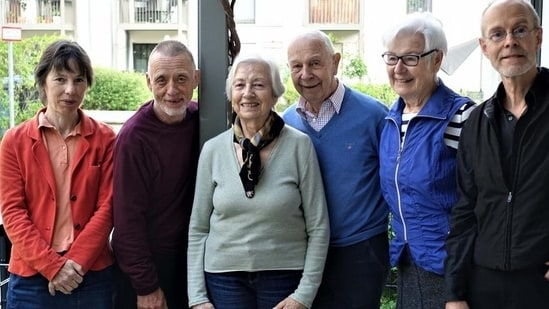
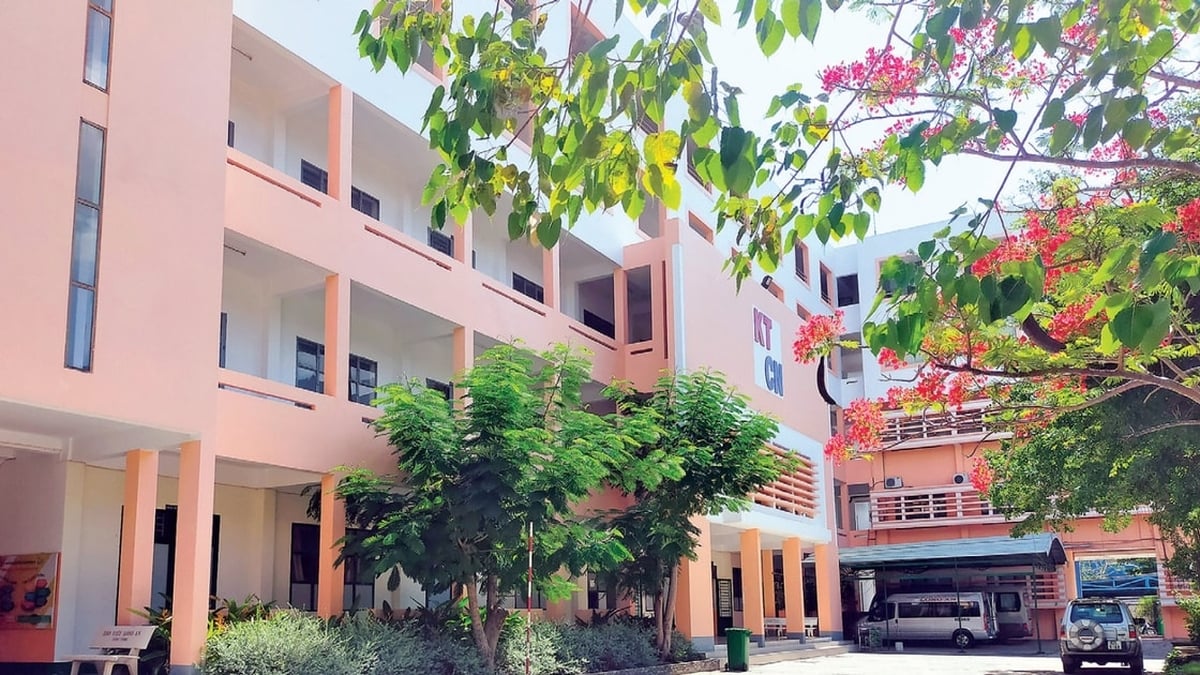



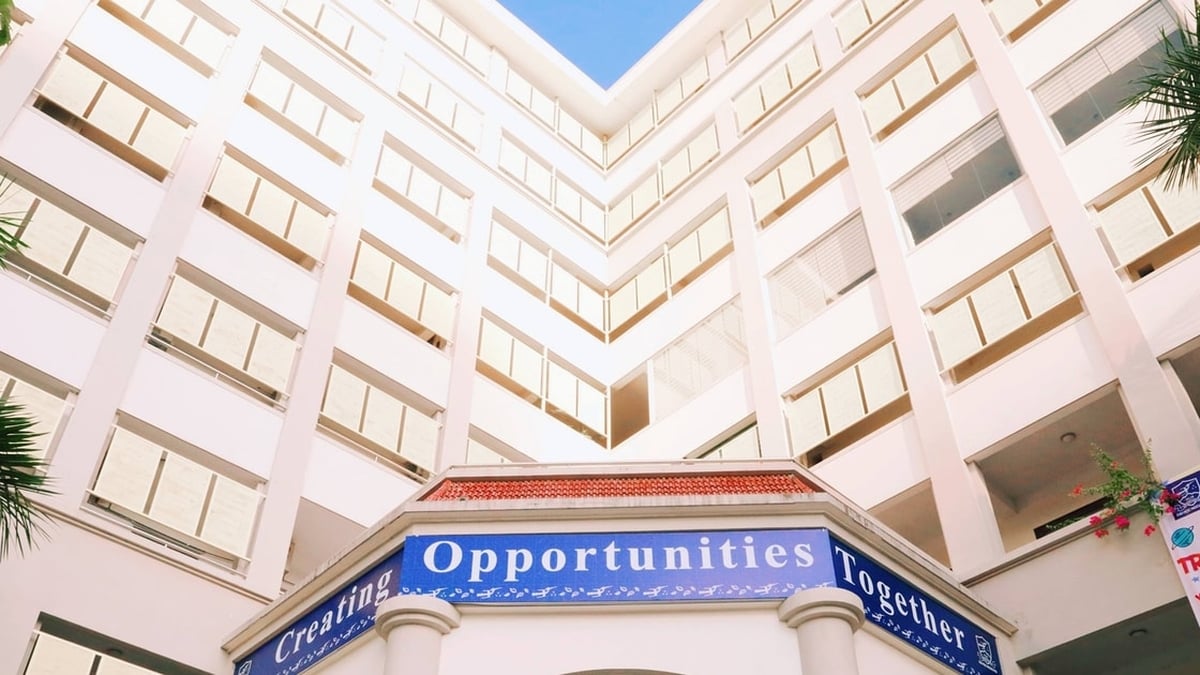

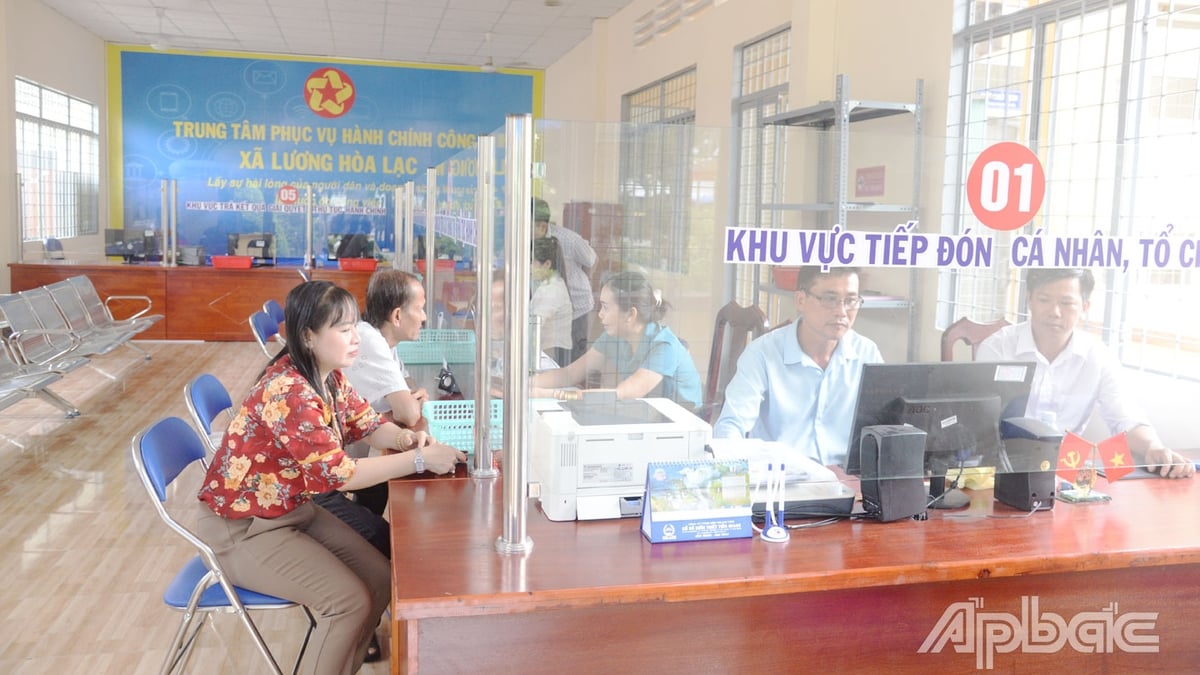
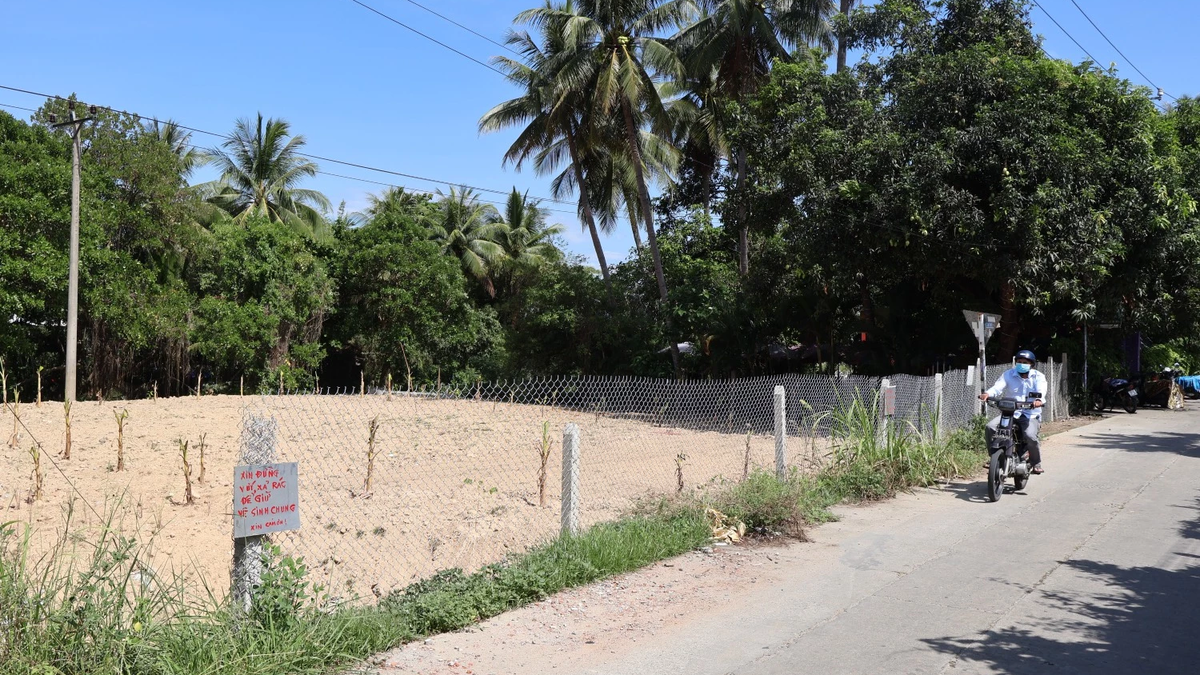

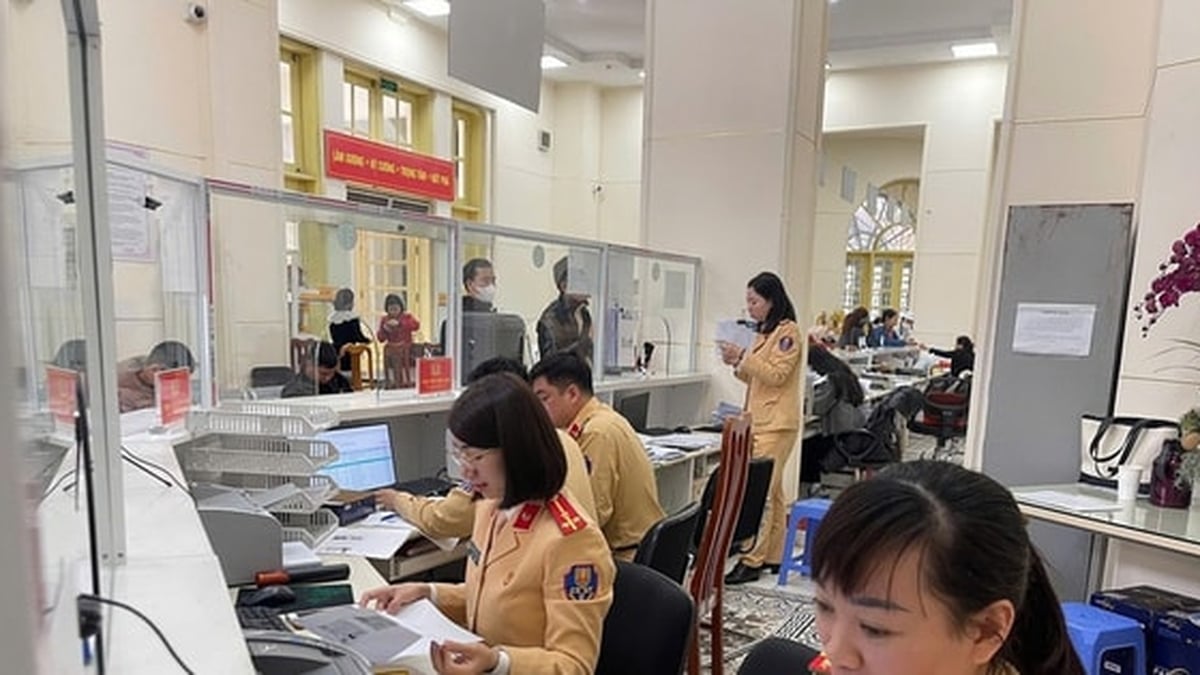






















































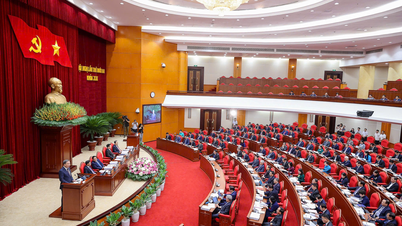










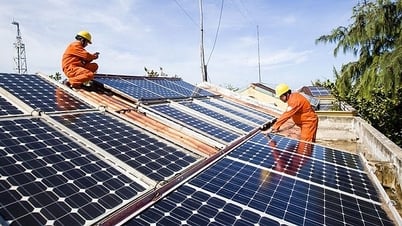

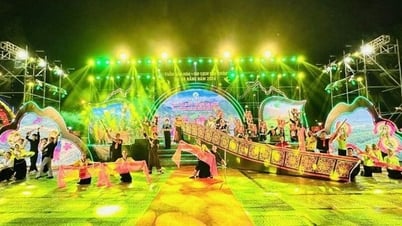








![[Infographic] In 2025, 47 products will achieve national OCOP](https://vphoto.vietnam.vn/thumb/402x226/vietnam/resource/IMAGE/2025/7/16/5d672398b0744db3ab920e05db8e5b7d)













Comment (0)